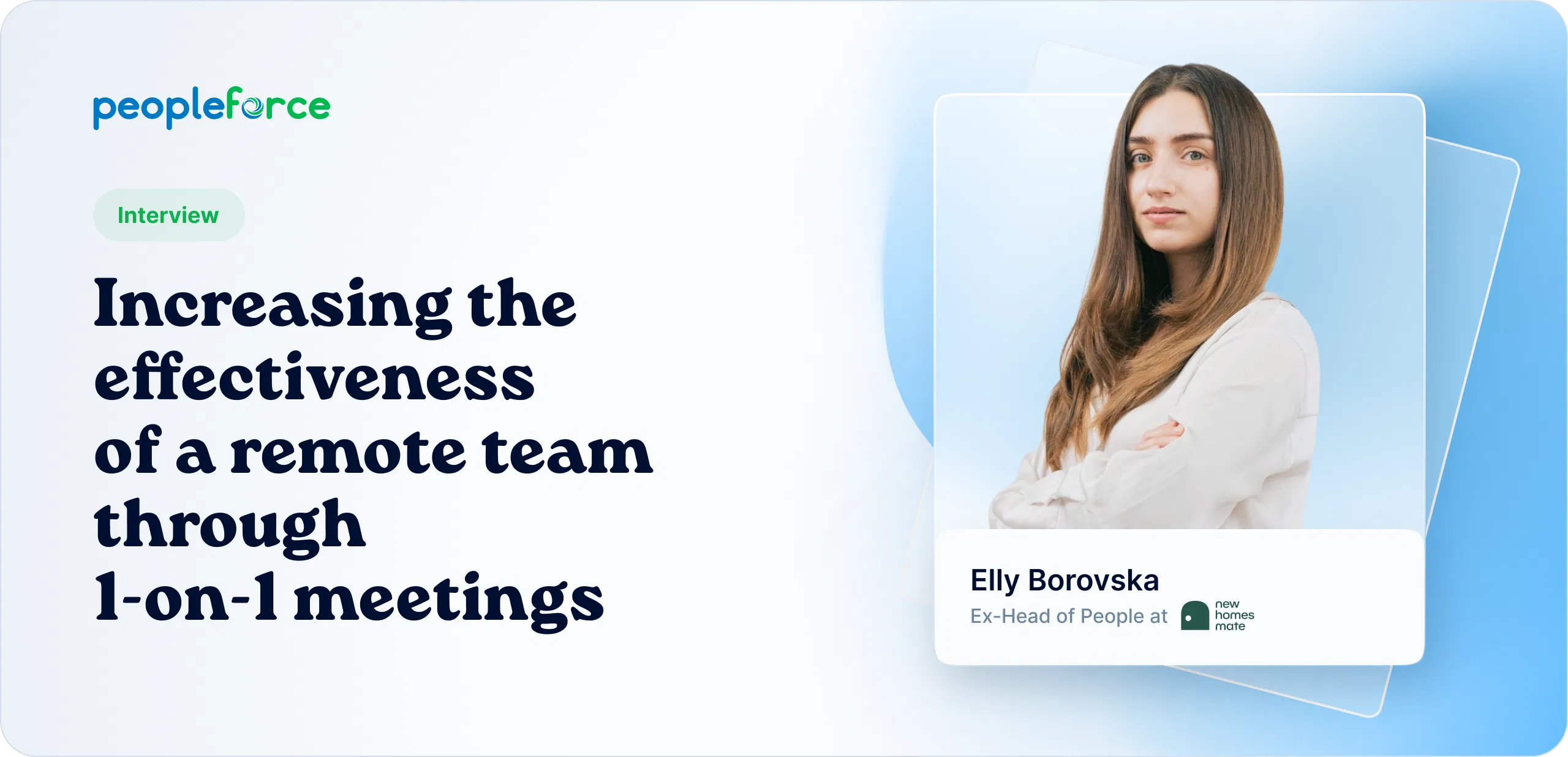Employee turnover
What are the types of employee turnover?
Employee turnover is something that any company is likely to experience on a frequent basis. The concept refers to how your team is able to measure the total number of employees who leave your organization during a specified time period, often over one year. Employee turnover can apply to the company as a whole, or to specific departments, teams, sub-entities, etc.
Employee turnover covers all staff members who leave your organization whether that be via layoffs, dismissal, voluntary resignation, etc. In the United States, the average rate of employee turnover in 2021 was between 12% - 15%.
What are the types of employee turnover?
There are four primary types of employee turnover which are in turn grouped into two categories.
Voluntary/Involuntary turnover
When an employee decides to leave a company of their own volition, without external pressure, this is considered to be voluntary turnover. When an employee is fired, laid off, or otherwise forced to leave the company, it is considered to be involuntary turnover.
Desirable/Undesirable turnover
If an organization fires or loses underperforming employees and replaces them with new staff members of better quality then it’s considered to be desirable turnover. However, when a company loses its top talent during the employee turnover process without suitable replacements being found, then this is undesirable.
What causes employee turnover?
Given the four different types of employee turnover, a number of factors can cause it. Excluding personal issues, which by their nature are difficult to predict or plan for, issues that can cause increased employee turnover include;
Competitors offering improved pay
Low employee engagement within the company
Toxic corporate culture and management
Unreasonable working conditions and hours
Lack of training and education opportunities
Limited internal promotion opportunities
How do you calculate employee turnover?
As most companies prefer to calculate employee turnover year on year we will use that methodology.
All you need to do is to take the total number of employees that left your company over one year and divide it by the number of employees that worked during the same period. Then, multiply that number by 100 to calculate the employee turnover rate.
If your company has 100 employees working over a one-year period and 20 of them leave, then that accounts for an employee turnover rate of 20%. This is the maximum rate that most companies should accept.
Your equation will look like this: (20/100)*100 = 20.00
What are the costs of a high employee turnover rate?
Losing a high number of employees on a regular basis is naturally very expensive. Hiring new staff members, setting up interviews, and the onboarding process isn’t cheap, as are the costs associated with redundancy packages.
Then there are the non-financial costs like the disruption caused by employees constantly leaving, the broken personal connections, and the stress experienced by employees as they adjust to their new colleagues. Turnover is to a certain extent inevitable, but you should endeavor to minimize and control this process as much as possible to reduce your costs.
How can you best control your employee turnover rate?
The best strategy is to act preemptively by improving the engagement, morale, and development prospects of your team members. One of the best ways you can achieve this is by using a performance management system that allows you to set and monitor goals, track and measure the progress of your OKRs, and improve team interaction via 360 reviews. This will help you create a corporate environment characterized by engagement and productivity, one where employees are less likely to want to quit.
If you’re worried about your current employee turnover rate or want to understand how you can boost your company’s overall HR performance, then PeopleForce can help. We’ve helped companies from multiple sectors manage their HR processes, including employee turnover. Send us a message via our contact form and one of our experts will get in touch.

